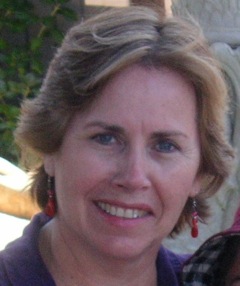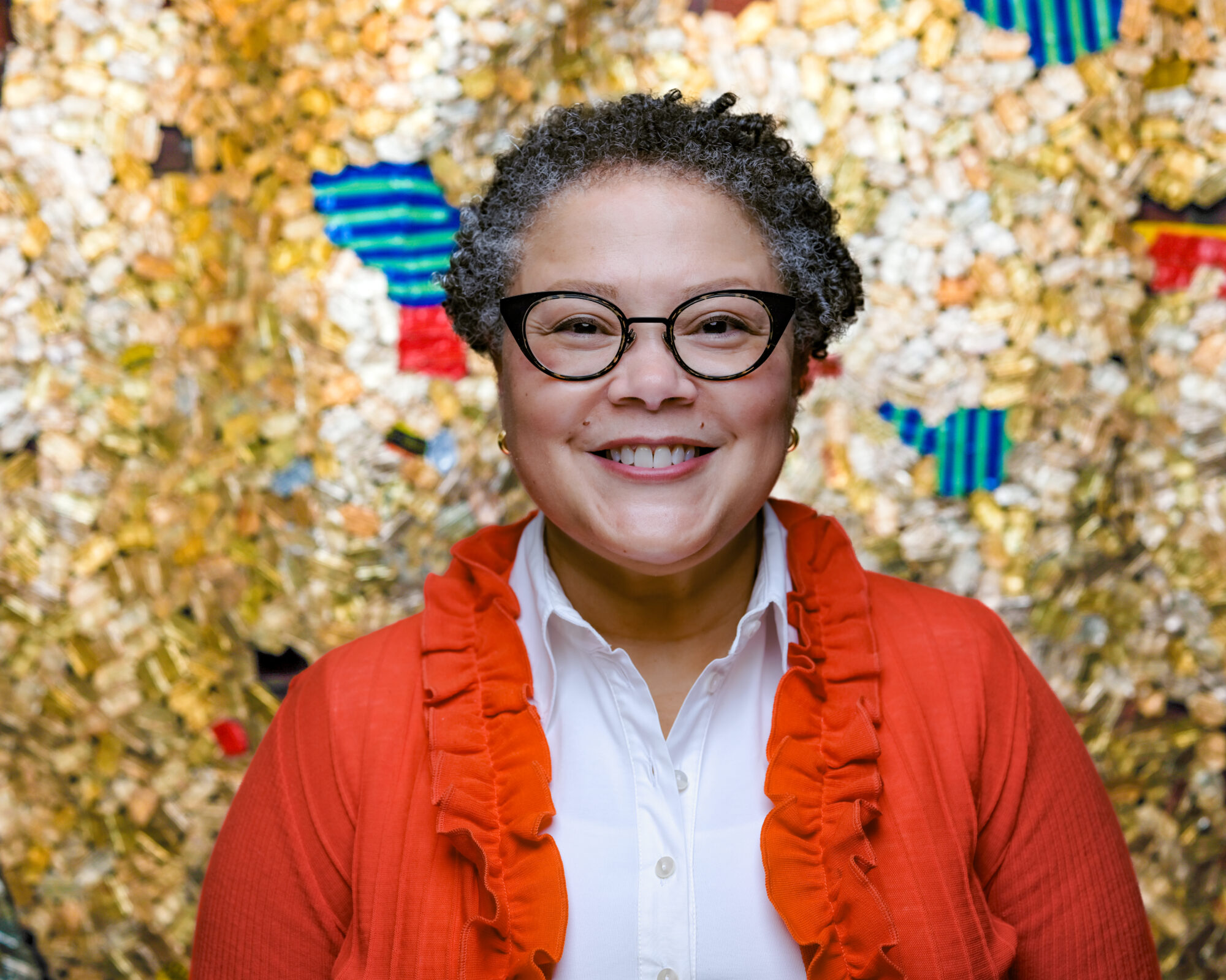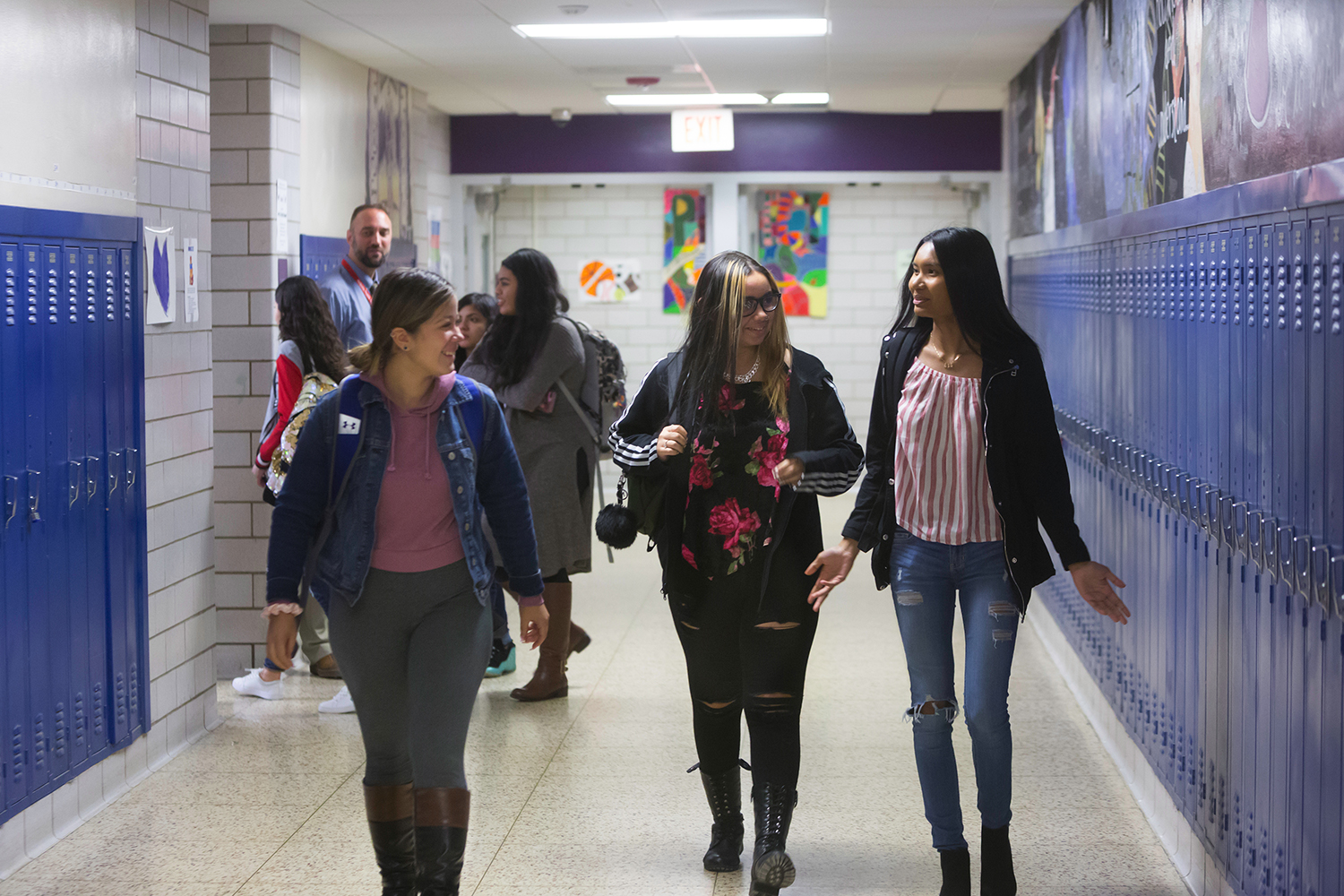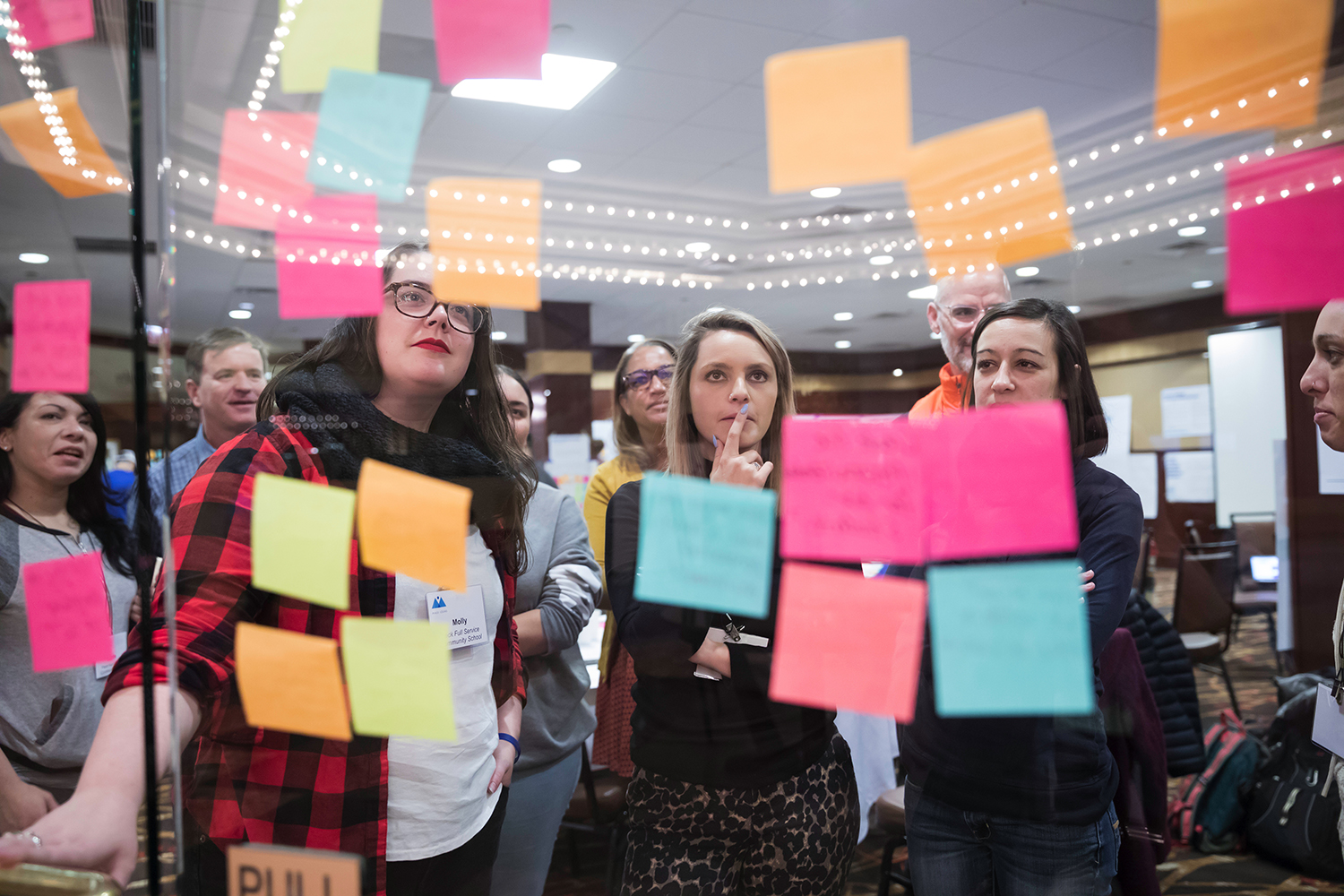Quality is a shared concern among many organizations working in early care and education. How can all children access high-quality programs? I’ve previously highlighted our grantees’ efforts to measure and improve quality, as well as to scale quality programs. Another longtime grantee focused on this work is the Children’s Investment Fund. The Fund helps early care and education programs build the high-quality physical infrastructure needed to support them. Through technical assistance and capital for construction projects, the Fund ensures that facilities are not a barrier for quality improvement.
After serving as the Fund’s program manager for nine years, Mav Pardee retired this fall. She has more than 40 years of experience in the field, so I could not let her leave without offering a few words of advice for those of us continuing the work of improving quality in early care and education. Below, I ask Mav to reflect on her previous work and the opportunities ahead.
Looking back on your work at Children’s Investment Fund, what are the one or two breakthroughs of which you are most proud?
Two things come to mind: First, is that we focused attention on the critical role that facilities play in provision of high-quality care and education and the impact that the physical environment plays in healthy development, learning, behavior, staff commitment, and parents’ satisfaction. And the second was the creation of the Early Education and Out of School time (EEOST) Capital Fund, which offers public financing to help providers invest in significant capital renovations or construction.
EEOST was developed to help providers that serve a high proportion of children on public subsidy. Subsidy reimbursement rates have not kept pace with the cost of care, so centers struggle to pay staff salaries and basic operating expenses, and they have no reserves to invest in the physical plant. We saw the impact of the EEOST Capital Fund very quickly. Banks made construction loans, providers launched successful capital campaigns, and, in a few cases, projects qualified for other public capital funding. It was the dedicated bond funding that attracted those other sources and gave them confidence that the projects were feasible.
If you could visit the Mav who was beginning this work 10 years ago and tell her about the education landscape of today, what would surprise her most?
The biggest surprise would be that, given the enormous body of research on brain development and the importance of early experiences on lifetime achievement and well-being, particularly for children at risk, our society has not responded with sufficient investment to ensure that all children are given an opportunity to succeed.
Policymakers, the business community, the military, and others have all embraced the findings, but investment has not followed. The chief source of public funding, the Child Care Development Fund, has repeatedly been cut back over 15 years, and there is less funding today than there was in 2001. Yet a growing number of children spend most of their waking hours in care, so we need to ensure that those services support their healthy growth and development. Mediocre services are a waste of money, yet only 10% of early learning programs nationwide meet high quality standards.
From your vantage point, what are the biggest and most pressing opportunities in the field right now?
Oh, let me count the opportunities…
Possibly the most pressing opportunity is to continue improving the quality of early childhood care and education. Improving quality would require well-qualified, well-compensated educators working in suitable spaces with age-appropriate equipment, materials, and resources. In addition, other pressing opportunities come to mind, including:
- Ensuring equity for low-income families. Currently, most children attend programs segregated by family income and, in many cases, by race and ethnicity. This means that poor children are more likely to be in poor-quality programs than children from more affluent families.
- Shifting the emphasis in public-subsidy funding. We need to provide care that supports children’s development and that would allow children to remain in care even if a parent loses his or her job.
- Making care affordable. Families of all income levels should be able to afford care. Working women should not need to leave the workforce because they cannot afford suitable care for their children.
What is the biggest barrier to fulfilling these opportunities?
The biggest barrier is the public will to provide sufficient funding. I know it would be expensive, but very credible researchers and economists have shown that creating conditions for healthy development in early childhood is both more effective and less costly than attempting to intervene later in life.
What words of advice or encouragement would you offer your peers who are looking to take on the next decade of work?
This work is important and it is never dull. The field is full of smart, generous, good-humored, and very committed people, so you will have great colleagues. There are numerous challenges, so you have many opportunities to develop new talents and interests. You can make a difference.





